Pak choi cabbage. Features of cabbage and its cultivation

The hardworking Chinese have given the world many plants with unique characteristics. These include early pak choi cabbage. This plant has excellent nutritional characteristics. Growing pak choy is not difficult; you can get a stable, large harvest with little investment of effort and money.
Content:
Health benefits of pak choi cabbage
Currently, pak choi cabbage is widespread in China and Japan. It is valued for its low calorie content, richness in microelements and fiber. This product is ideal for those who want to lose weight. Its use helps cleanse the body of slagging and decay products, eliminates the development of constipation, and reduces the amount of bad cholesterol.
Of particular value are the leaves, which contain large quantities of ascorbic acid. If pak choi use for food systematically, the vessels will acquire elasticity and become strong. The body uses vitamin C in the synthesis of collagen, a sufficient amount of which is an indispensable condition for the elasticity of the skin and its youth.
Vitamin K, which is also found in cabbage, plays an essential role in blood clotting. This plant contains a sufficient amount of vitamin A, which is necessary for the renewal of skin cells. It is also involved in the formation of the enzyme responsible for the refraction of light in the organ of vision.
The amino acid lysine, which is present in its composition, makes this cabbage an indispensable plant. Vitamins PP, as well as vitamin B, are present in high concentrations. Other important substances include the following:
- iron
- magnesium
- potassium
- phosphorus
- lemon acid
Pak choy has two varieties:
- a plant that is entirely light green in color
- plant with white petioles and dark green leaves
Features of growing pak choi
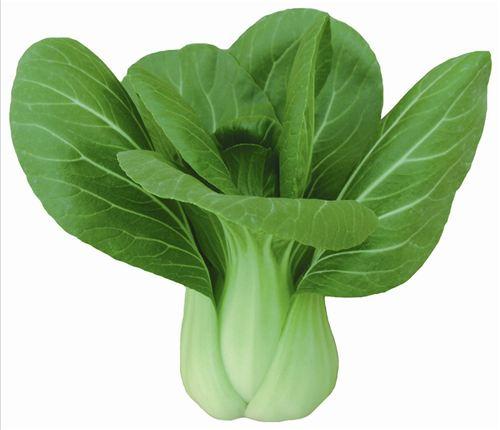
Pak choy is a relative of white cabbage, which has long taken a leading place in crop production in Russia and Europe. But when grown, pak choy has several fundamentally new properties.
It can be grown using seedlings. Seedlings are formed in approximately 3 – 4 weeks. Because cabbage is so early in maturity, in Asia it is grown several times during the season. In Russia it can be sown in late June - early July. This is much better than early spring. It is necessary to sow in furrows, depth – 3 – 4 cm.
Pak choi is not picky about soil. The soil may not be fertilized or only slightly fertilized. After the cabbage is planted, the harvest can be harvested within a month. Many people confuse pak choy with a special type of greenery. After all, it does not produce traditional heads of cabbage. But it’s still cabbage, although it looks more like a salad.
Harvesting
The harvest can be harvested very quickly. After 25–30 days, the cabbage is ready. To speed up seed germination, the soil in the seedling boxes is prepared with a very soft, loose consistency. If the climate is warm, then you can start sowing the plant from the end of March. It is better to do this in several stages in order to constantly have a fresh harvest. The interval between sowing can be 10 days.
When 4–5 leaves appear, the plant is transferred to a ridge.This usually happens 20 - 25 days after sowing.
Sometimes pak choi does not take root after transplant. Therefore, it is better to sow it in the ground. The distance between the sown seeds should be 30 cm. The rows should be made even and neat. To prevent the surface from drying out and the seeds disappearing, the soil is covered with film. Maximum 10 days - and you can see cabbage shoots!
The cruciferous flea beetle loves to feast on tender sprouts, so immediately after sowing the bed is sprinkled with ash. It will scare away the enemy.
Preparing the soil for pak choi cabbage
Have you decided to grow pak choi cabbage? You will have to think about the quality of the soil in advance, in the fall. It needs not only to be dug up, but also to be fertilized. Organic is best. You need 1 bucket to fertilize 1 sq.m. Superphosphate (a tablespoon) is ideal for this. If the soil is acidic, you can add lime. When spring comes, the soil is loosened.
Just before landing they dig up the ground. When digging, the layers should not be turned over, per 1 sq. It’s better to add urea - one teaspoon is enough. If organic fertilization has not been carried out since the fall, then in the spring you can correct the situation with the help of ordinary humus.
Pak choi cabbage yield
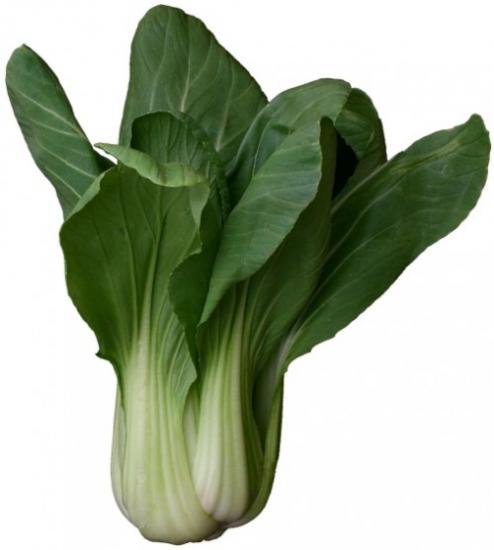
Cabbage is resistant to growing conditions and diseases. It produces a good volume of harvest containing a large amount of vitamins.
To get a good harvest, you need to know some characteristics of the plant. Firstly, if the day increases, the cabbage may go into arrows. Therefore, cabbage planted in May grows very quickly, then produces a stem and begins to bloom. And if you plant it in July, the harvest will be maximum. If the climate is warm, then it can be planted in both August and September.You can gradually plant more and more new rows throughout the season.
The main thing is to try to choose a place for pak choi. An important condition is that no other plants were grown on this site in the previous year. cabbage varieties. This is easy to explain - they have common pests. It is not recommended to process it during the growing season. In general, the plant is unpretentious and can withstand cool climates.
Pest control on pak choi cabbage is similar to pest control on any other type of cabbage. The most common are cabbage flea beetles. They stick to the cabbage leaves of the young plant and cause irreparable harm to it. If measures are not taken, the plant will die completely.
If there are a lot of these pests in the area, they will eat the plant even before it emerges from the ground. After all, fleas overwinter in the upper layers of the soil. To prevent flea infestations, you can use watering and loosening the soil. But this does not always give results. Therefore, after watering, ash should be applied to the moistened leaves, which fleas do not like very much. You should also spray the ash onto the soil immediately after sowing.
Interesting video about Asian cabbage:
Interesting information about the vegetable garden

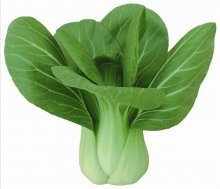

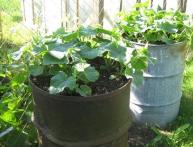
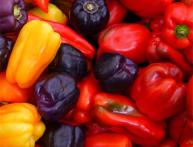
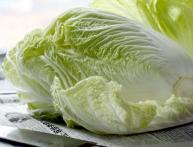
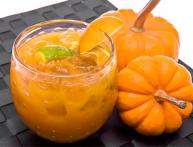
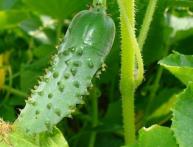
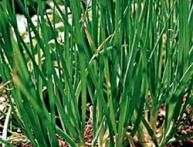
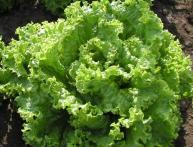
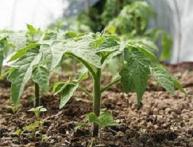
Comments
I love this cabbage, I really want to grow it, hence the question: is it possible to grow it on the balcony and which side does it like, shady or in the sun? And yet it’s not very clear whether it likes planting in hot weather or cooler times, because in the article there is a big the spread is both June-July and August-September, and our September is quite cool.